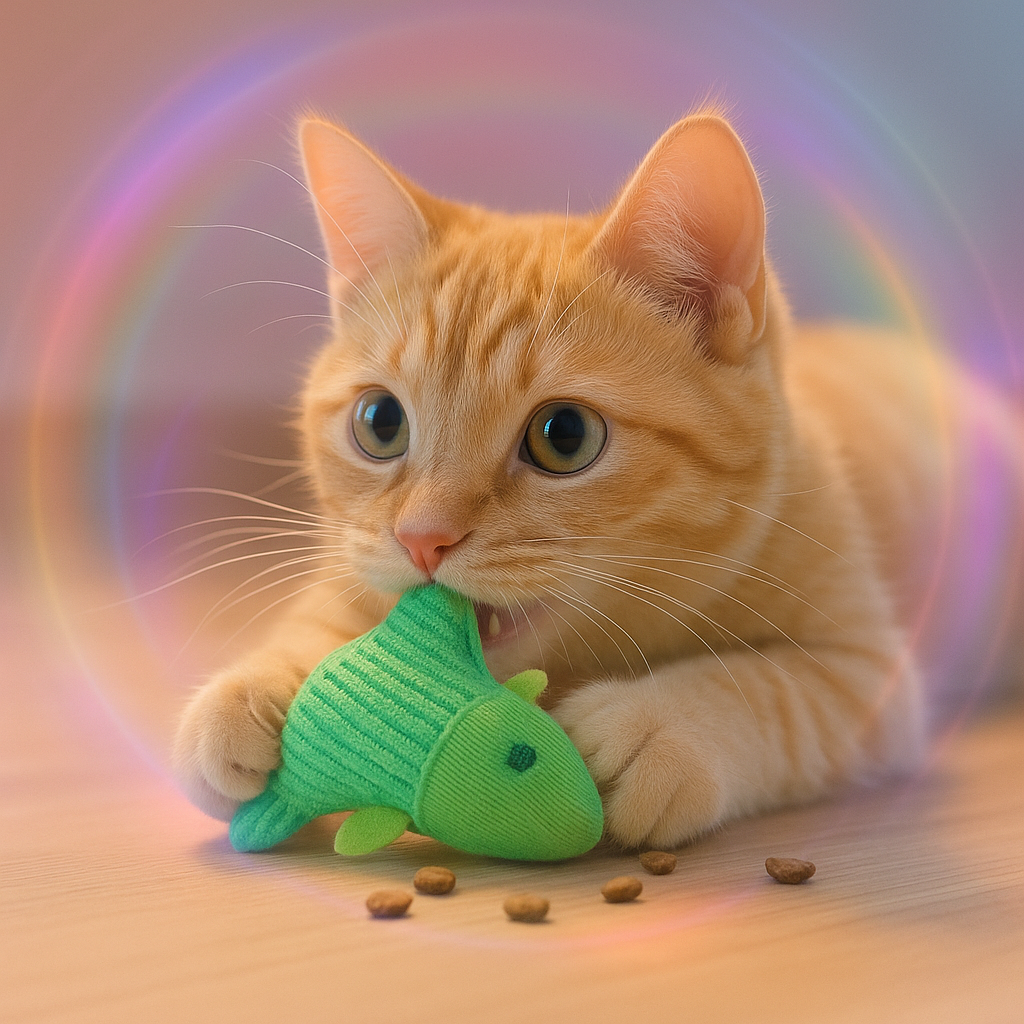Wholssals cat toys have become a strategic focal point for distributors, e-commerce entrepreneurs, and brick-and-mortar retailers who want consistent supply at stable margins. The term immediately signals bulk purchasing, competitive unit costs, and the need for reliable quality control—all essential factors in today’s rapidly growing pet-care economy.
Demand for feline entertainment products has risen steadily alongside pet humanisation trends. Market data from multiple research groups show annual compound growth rates for cat accessories outpacing those for general pet supplies. Buying wholssals cat toys in cartons or pallets offers price advantages that help retailers maintain attractive shelf prices without sacrificing profitability. Lower per-item costs also make it easier to test varied product lines—feather wands, treat-dispensing puzzles, motion-activated balls—before committing to large marketing campaigns.
Sourcing channels are diverse. Established factories in manufacturing hubs such as Guangdong, Ho Chi Minh City, and İzmir often provide OEM or private-label services. Export-oriented suppliers typically list minimum order quantities (MOQs) between 200 and 1 000 pieces, with incremental price breaks at higher tiers. Verifying compliance with international safety standards—ASTM F963, EN 71-1/2/3, or ISO 9001 quality management—is non-negotiable. Responsible buyers request recent test certificates and may retain independent labs to confirm material safety, particularly when designs incorporate electronic components or catnip fillings.
 Logistics planning is another key consideration. Palletised shipments by sea remain the most economical method for large volumes, but lead times can stretch six to eight weeks door-to-door. Air freight shortens transit windows to under ten days at a significantly higher cost, suitable for urgent restock or seasonal launches such as holiday gift sets. Many mid-size importers mitigate risk by splitting consignments—sending an initial tranche by air to meet immediate demand while the bulk follows by ocean freight.
Logistics planning is another key consideration. Palletised shipments by sea remain the most economical method for large volumes, but lead times can stretch six to eight weeks door-to-door. Air freight shortens transit windows to under ten days at a significantly higher cost, suitable for urgent restock or seasonal launches such as holiday gift sets. Many mid-size importers mitigate risk by splitting consignments—sending an initial tranche by air to meet immediate demand while the bulk follows by ocean freight.
For online sellers, packaging design influences both fulfilment efficiency and customer perception. Flat-packed teaser wands or vacuum-sealed plush mice reduce dimensional weight fees and environmental impact. QR codes that link to assembly or enrichment tips add post-purchase value and encourage social-media sharing, driving organic traffic back to the storefront.
Retailers targeting eco-conscious audiences should investigate biodegradable fibres, recycled plastics, or responsibly sourced feathers. Although these materials can raise base costs by 5 %–15 %, surveys suggest that a transparent sustainability narrative justifies modest price premiums and cultivates long-term brand loyalty. Communicating supply-chain traceability—down to dye composition or catnip origin—reinforces credibility in a sector where consumers increasingly reward ethical practices.
Digital marketing for wholssals cat toys benefits from precise segmentation. B-to-B campaigns often perform well on LinkedIn and industry forums, highlighting production capacity, certification credentials, and flexible customisation. B-to-C dropship models, on the other hand, favour visually engaging platforms such as Instagram Reels or TikTok. Short clips demonstrating a toy’s interactive features often generate higher conversion rates than static product images. Including clear calls to action for bulk or bundle deals captures both retail and small-scale wholesale interest.
Payment terms merit careful negotiation. Standard arrangements include 30 % upfront with balance against shipping documents, though established buyers may secure 15-day or 30-day post-delivery credit. Letters of credit remain common for very large orders where mutual trust is still developing. Whatever the mechanism, safeguarding cash flow is essential: price fluctuations in resin or feather markets can erode margins if contracts lack escalation clauses.
Quality assurance continues after delivery. Random sampling from each batch, combined with end-user feedback monitoring, helps identify manufacturing drifts early. Some retailers operate voluntary recall channels on their websites, strengthening brand reputation by demonstrating accountability.
Finally, regulatory environments evolve. The European Union’s proposed revisions to the General Product Safety Regulation and the United States’ ASTM updates for pet products may introduce stricter labelling or chemical thresholds. Proactive suppliers already adjust formulations to stay ahead of future rules, ensuring uninterrupted access to high-value markets.
In summary, wholssals cat toys present compelling opportunities for businesses that approach the segment with disciplined sourcing, data-driven marketing, and rigorous compliance. By aligning cost structures with consumer expectations for safety and sustainability, retailers can secure a profitable position in the expanding global pet landscape while delivering playful enrichment to cats everywhere.









